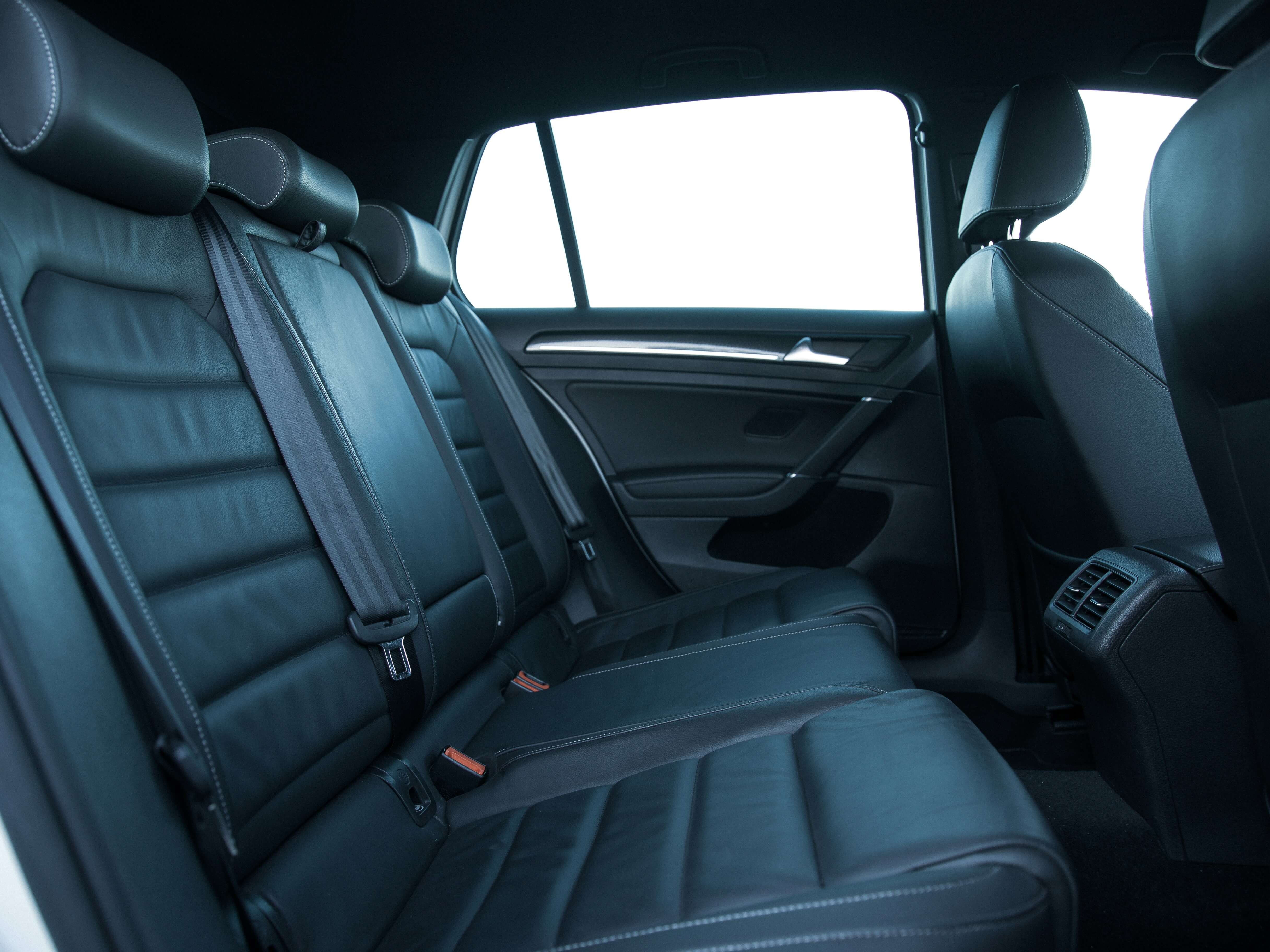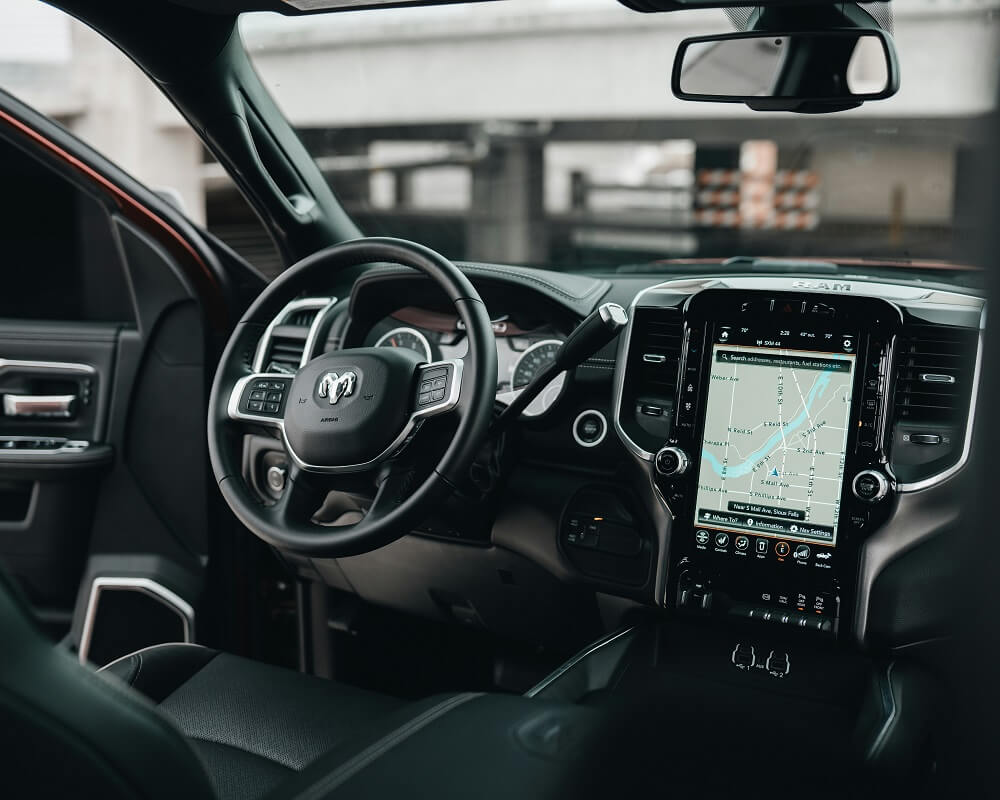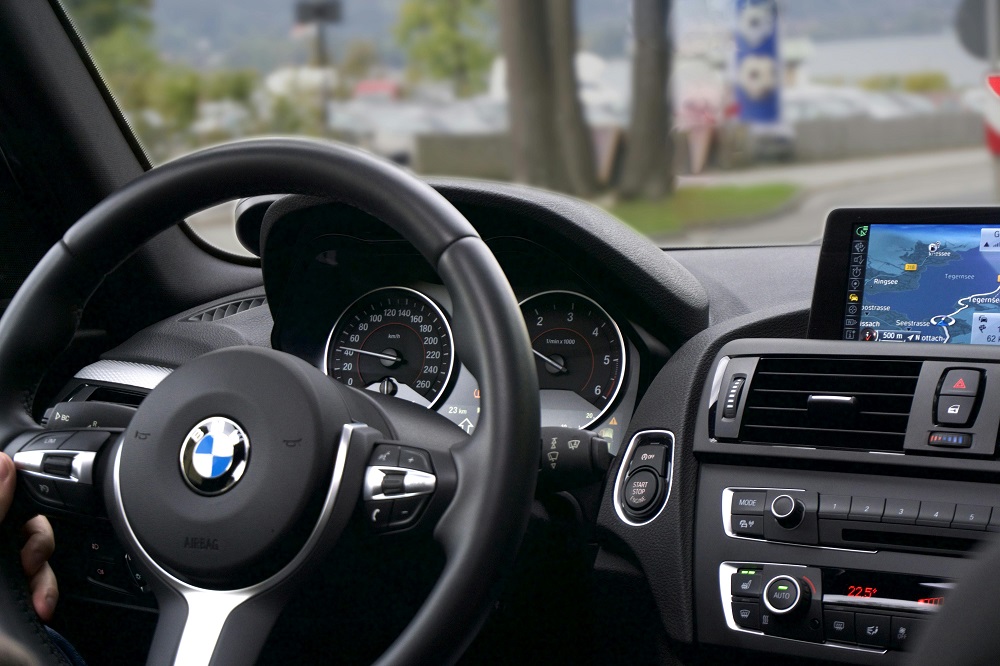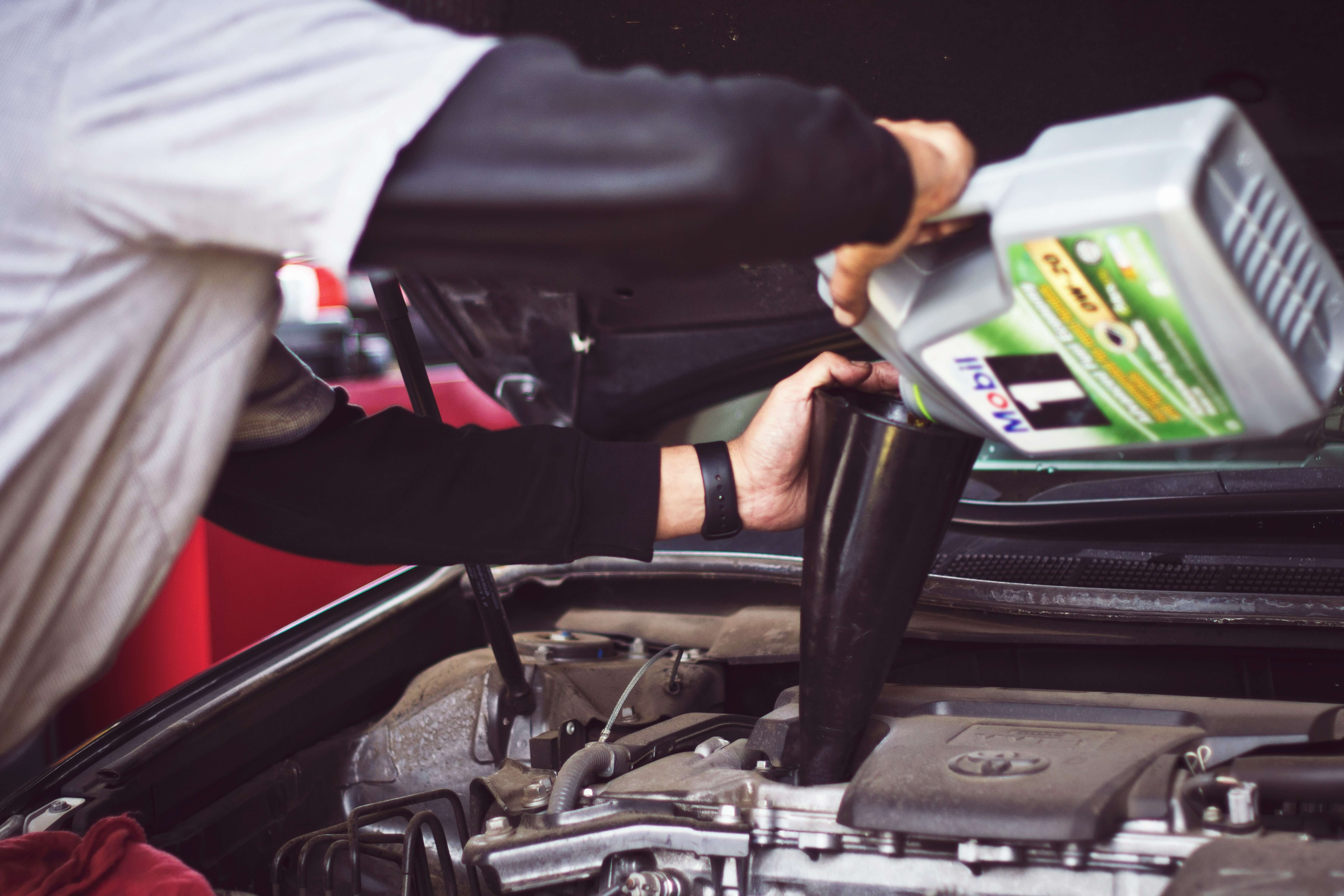Top products and actions to clean your car seats properly

Top products and actions to clean your car seats properly
Cleaning the seats in your car is one large part of the maintenance of your car in a good condition over the long term. It’s not just a matter of hygiene but also a matter of protecting materials, preventing wear and tear, and making the passenger area a clean space, always more pleasant on long journeys. Just as with the food crumb in carpets, the animal hairs and everyday dust, car interiors get much more than we think.
Upholstery cleaning reduces bacteria and allergen accumulation, maintains seat fabrics
Cleaning the seats reduces bacteria and allergen accumulation and avoids fabric seats from pre-mature aging. It even improves the air quality inside your car. Over time, well-cared-for seats even increase your car’s resale value, so it’s a wise investment if you regularly clean them.
Taking a little time to clean and protect your upholstery will always be worth it, whether your car’s a new model or one a few years old. For this article, we’ll look at some of the top products and techniques that will help keep your car seats looking their absolute best in the long run.
Know your upholstery type before you start
Before you spray, brush, or vacuum anything, you need to know what you are working with. There isn’t one technique for cleaning leather, fabric, vinyl, or Alcantara interiors. They all require special materials and techniques.
Leather seats
Leather is a stunning, long-lasting surface but requires proper care to avoid cracking and discolouration. Frequent sun exposure, body oils and fluctuations in temperature can easily remove the finish so it requires maintenance. Use a pH-neutral cleaning product and finish with a conditioner or moisturiser to keep your leather supple, well-nourished and looking at its best. Use a microfibre cloth with all products, working in a circular motion to clean away the dirt without marking the surface. Never apply alcohol, bleach or ammonia-based products as they dry the leather and discolour and weaken it with repetition.
Fabric seats
These are both the most prone to stain and most vulnerable to smell-producing buildup. Both may be washed with a foamy fabric cleaner or a water/vinegar/mild detergent solution as a simple alternative. Avoid over-wetting the fabric since water rings or mold may be the result.
Vinyl and synthetic materials
Vinyl is also easily cleanable and won’t absorb liquids the way fabric will. A general purpose cleaner for the inside will be enough. Use a microfibre cleaning cloth when cleaning, being sure not to scratch the surface.
Alcantara or suede-like materials
These materials are quite sensitive in nature. Use a gentle fabric cleaner such as Alcantara or suede specifically for cleaning them. Use a very light application and always a soft-bristled brush for lifting the dirt gently without damaging the fine fibers. Clean in spots and use light pressure to leave them as close as possible in their original texture and shine. Never wet the fabric with liquid, as this can warp the fabric and stain it. Dry well in good air circulation and avoid using heat appliances such as dryers, as these can modify the composition of the material.
Good to know
For resistant stains like oil or ink, avoid scrubbing. Instead, apply a stain remover and let it remain before blotting. Scrubbing can damage the fabric and push the stain in further. For everyday freshness, position an open container of baking soda or activated charcoal beneath the seat—it’s a low-maintenance way to absorb over time.
Step-by-step cleaning: From prep to polish
Step 1: Vacuum thoroughly
Start by using a handheld or car vacuum cleaner to remove all loose dirt, dust, hair, and crumbs. On upholstered seats, use a brush attachment and a crevice tool in seams wherever it’s hard to access inside. Preemptively removing the debris prevents it spreading or marking the surface when wiped with water.
Step 2: Pre-treat stains
Don’t rush this part. Different stains require different treatments:
- Grease: Use a degreasing agent or baking soda paste
- Coffee or juice: Try a vinegar-based spray
- Mud: Let it dry, then vacuum before scrubbing
- Ink or dye: Use rubbing alcohol sparingly with a cotton swab
Always blot—never rub—to avoid spreading the stain.
Step 3: Apply cleaner
Spray, or apply, the cleaning product you’re using. Let the recommended time for foaming sprays elapse before loosening the dirt. Use a circular stroke with a gentle brush afterwards. You can massage for leather by using a microfibre cloth.
Step 4: Wipe and dry
Remove the product with a dry microfiber towel. On fabric seats, several passes could be required in order to remove all the cleaner. On leather, use a conditioner after to rejuvenate the finish.
Step 5: Deodorise
Alternative – If it persists, it can be done the hard way by sprinkling bicarbonate of soda on the seats overnight and hoovering the next day. Upholstery sprays or the use of an ozone generator can be effective on extremely stubborn odours.
The role of regular maintenance
An occasional deep clean would be a good beginning, but maintenance on a routine basis maintains your furniture.
- Vacuum each week: This will prevent dirt and stains from building up.
- Clean the spills right away: the sooner you clean it, the less chance you’ll have a stain.
- Apply seat covers or protectants: Particularly for children, pets, or everyday hard usage.
- Avoid eating and drinking in your car: It’s easier said than done, but your seats will appreciate it.
For those who frequently rent cars or have a fleet for commercial use, cleanliness is more than a matter of individual style—it’s a matter of projecting a professional image.
Tips for long-term seat care
Maintaining your car’s seats in top shape takes more than a quick weekly vacuum. Maintenance includes as much prevention as it does cleaning. Some useful things you can do in order to extend the lifecycle of your seats are as follows:
- Tint your windows: Sunlight is one of the primary causes of fading and cracking leather or fabric. Window tints will reduce UV exposure and heat accumulation considerably.
- It’s an investment well worth making: they will protect your seats both in winter and in the hot sun during the summer if you live somewhere with a hot climate.
- Condition regularly: Faux and leather seats should be treated with a top-shelf conditioner every 2–3 months to keep them soft and prevent cracking.
- Clean brush seats periodically: Gently brush with a soft-bristled brush so the dust won’t get ingrained into those wonderful fibres. It’s a simple task that will keep fabric looking its very best.
- Reduce friction caused by loads: Utilize mats or a blanket when you are sliding big objects in order to reduce friction and pressure against seats..
Routine care practices play a considerable role in the long-term maintenance of your vehicle’s inside comfort and lustre.
A one-time deep clean can be beneficial, but maintenance over time is what will keep your furniture in top shape.
For more in-depth cleaning, or if your car is used regularly – i.e. cars on hire, family runabouts – professional products or services could be considered. Important point: keep the interiors of cars on hire sparkling clean when they are being used, or being returned. If you’re driving a rental car or planning your next trip, Europcar offers a wide selection of vehicles in perfect condition, ready to hit the road.
For those who need more space or versatility, such as families or outdoor enthusiasts, an SUV can make the journey easier and more comfortable. Discover the benefits of hiring an SUV from Europcar and enjoy extra space for your passengers.
Eco-friendly cleaning options
Worrying about the environmental impact of your cleaning routine? The good news is that today, there are a wide variety of eco-friendly, non-toxic cleaners that clean as effectively as those less environmentally conscious alternatives but don’t use harsh chemicals. Often they’re just as effective at breaking down grime and removing stains but much more gentle on your car’s interior and the planet too. Plant-based products, essential oils, or natural surfactants are all things to look for in these green alternatives. Recyclable or refillable packaging being used by a company is a good indicator that they care. Some have cruelty-free or carbon-neutral certifications too, so if this is important to you, it’s an added bonus. Simple changes in your product selection can make a big impact and lower your footprint on the planet but not the cleanliness or performance.
You can also prepare your own cleaner using ingredients such as:
- White vinegar
- Baking soda
- Castile soap
- Essential oils (for fragrance)
Homemade solutions not only reduce your carbon footprint but are also cost-effective.
When to seek professional help
Occasionally, despite your best efforts, spots remain, or smell lingers longer than they should. In those instances, it’s likely time to have a professional cleaning service brought in to handle it. They have the industrial-grade steam cleaners and power extraction equipment with them, equipment which penetrates much more deeply into the leather or fabric than you’ll have access to at home.
Professional cleaning services have experience finding the optimum method and cleaning agents to apply with each type of upholstery. Textiles as sensitive as Alcantara are not destroyed by them and they can eliminate the toughest odours such as tobacco smoke and pet odours by using ozone treatments or enzymes.
This is a smart decision before trading your car in or returning a leased car as clean seats can add a significant boost to vehicle resale or inspection value. A clean, fresh-smelling cabin conveys a message of a well-maintained vehicle, potentially increasing your chances for a quicker sale or offsetting wear-and-tear charges when on a leased deal. It’s a small expense that can be well worth the cost.
A clean car is a better ride
Eventually, clean, well-maintained seats also guard your vehicle’s interior against early aging, odours, and deeply buried dirt that can make a negative impact on the general health of your vehicle. It’s not comfort, but a sensible way of maintaining a healthier car and maintaining its value.


